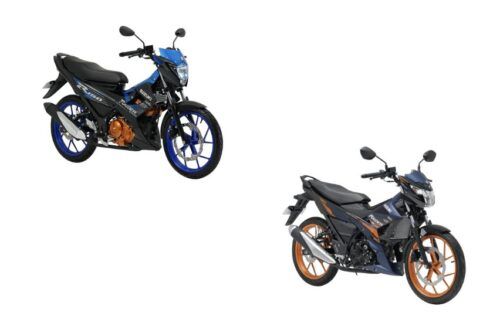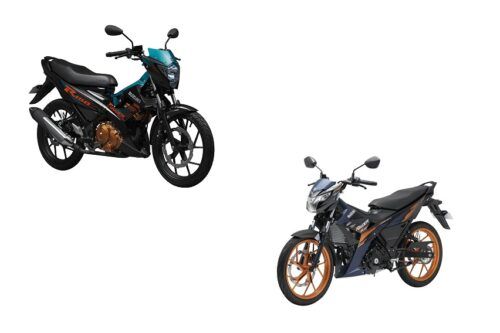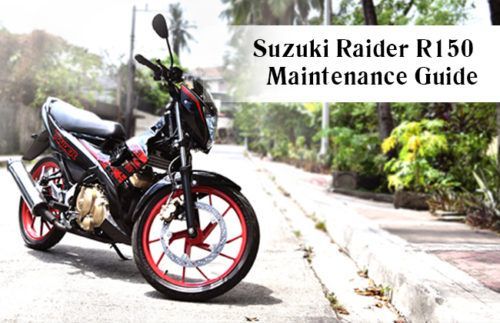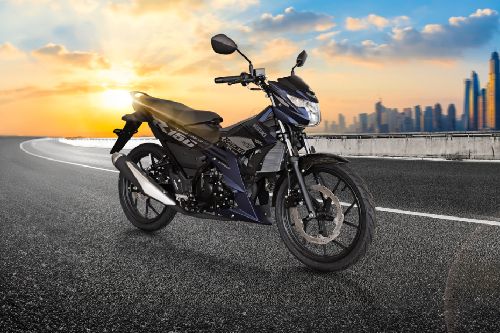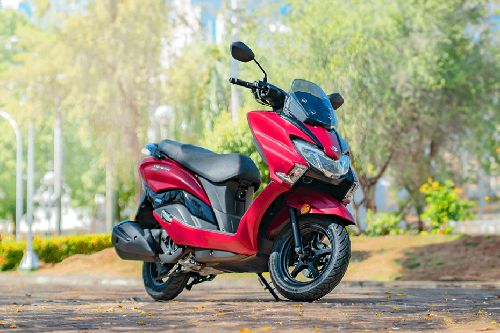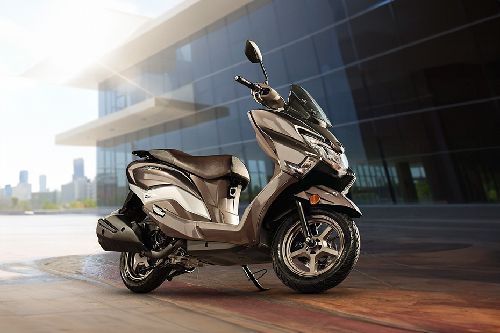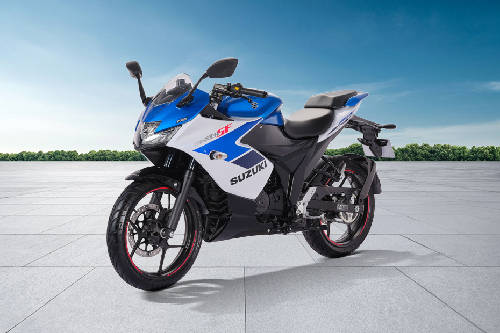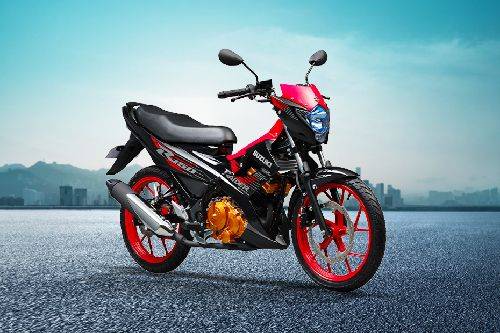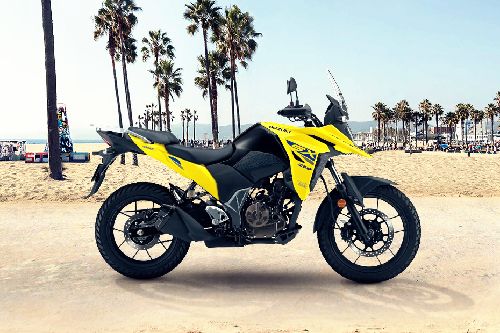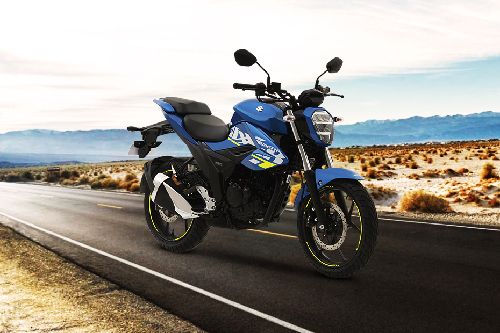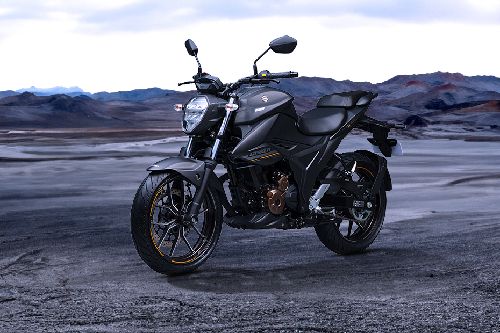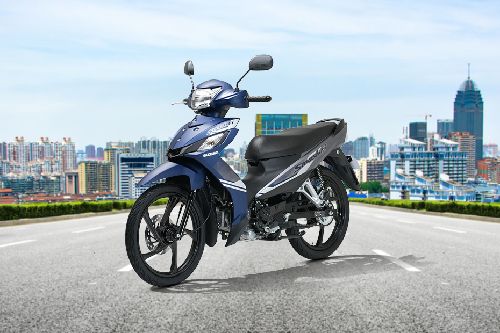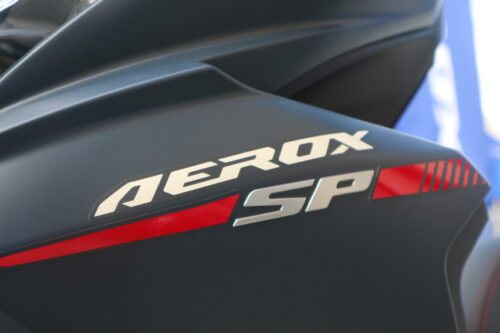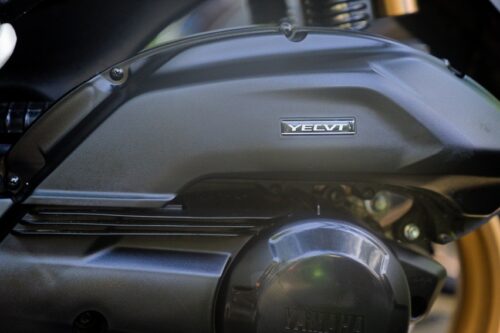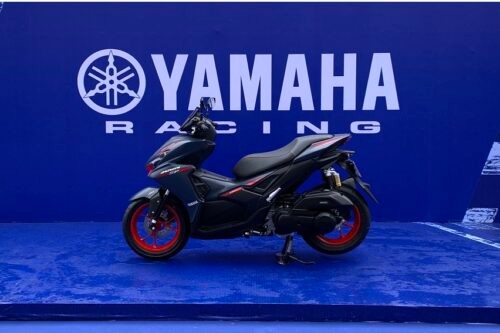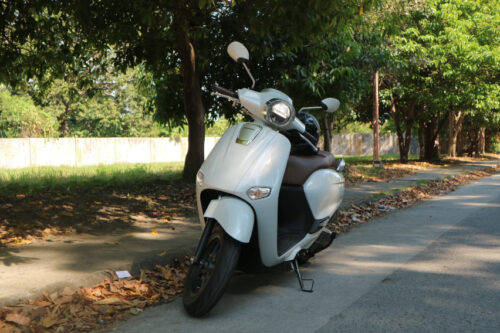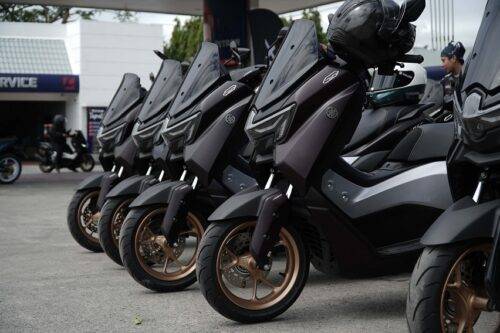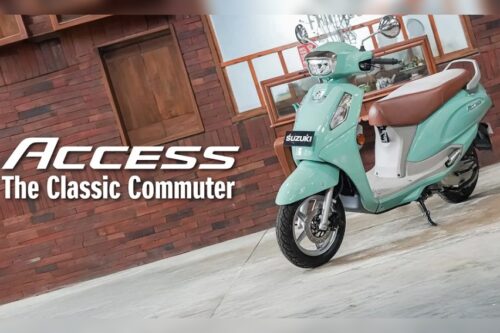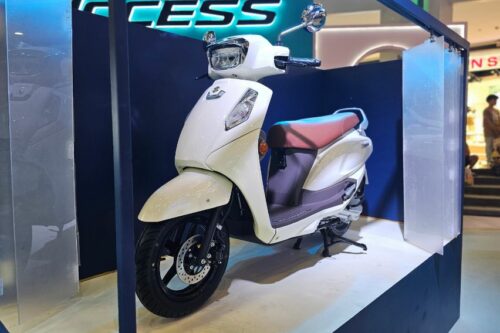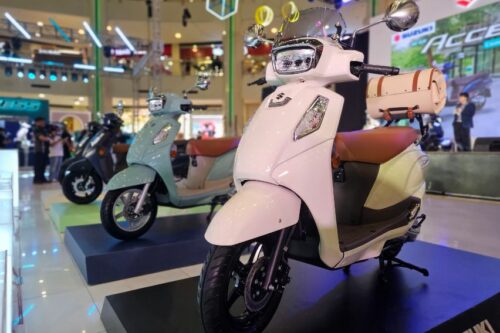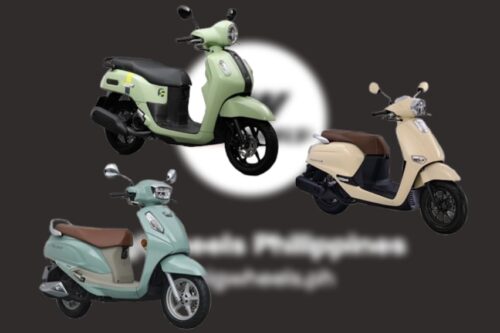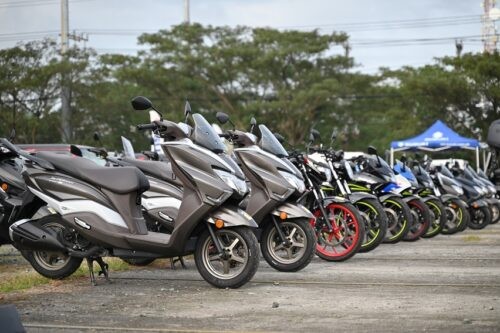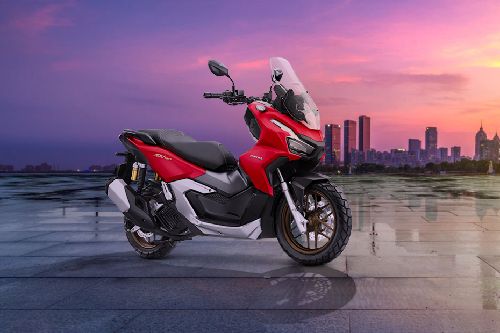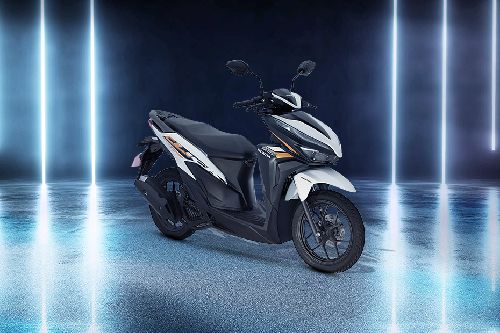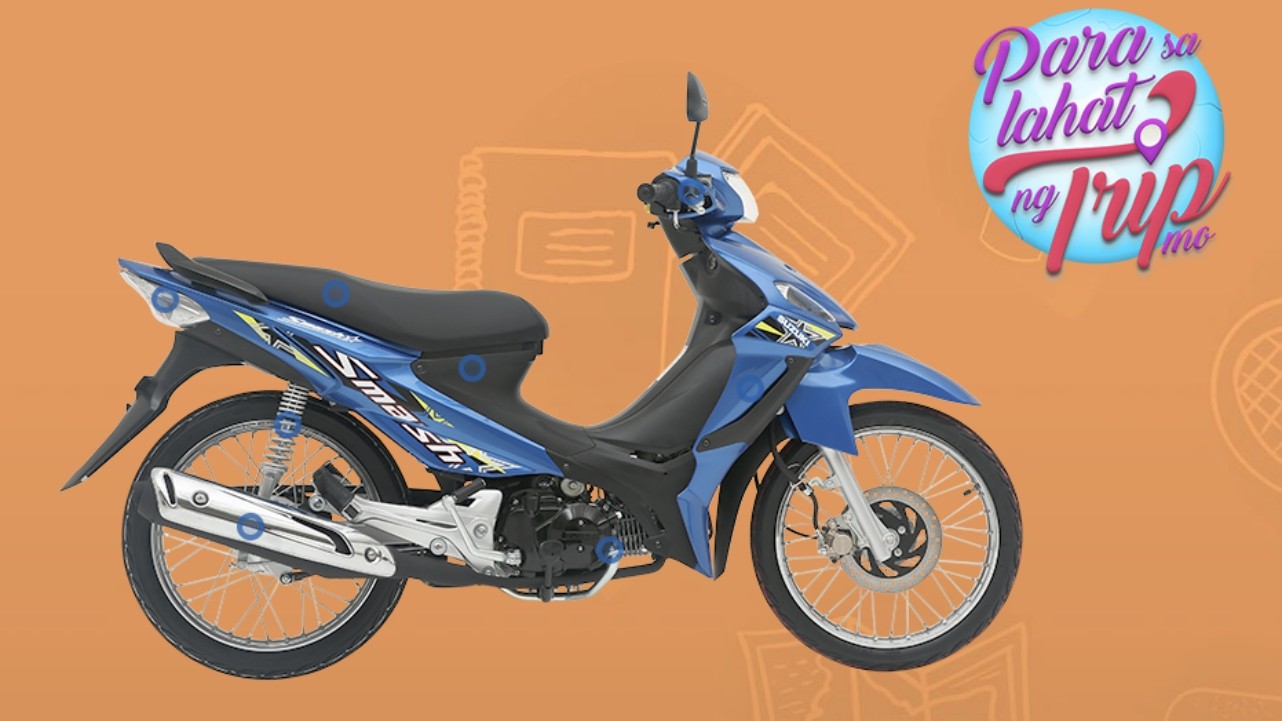Suzuki Raider R150 - Is it a good buy?

The Suzuki Raider R150 has ruled over the Super cub segment for almost 15 years. So, great has been the formula for this bike, that it has remained largely unchanged since its inception. The last upgrade in 2016 was more of a facelift than anything else.

But in this time, the market has become unrecognizable. Sport commuting has come a long way since the early 2000s. So, how has the Suzuki Raider R150 stood the test of time? Is it still a good buy?
For this, we need to be aware of the competition too. Yamaha has the Sniper 150 and Honda has the RS15R. Both are extremely capable purpose-built machines and are very similar to the Suzuki. Be it the engine or the price. But they do differ in some very crucial aspects.
For one, all three look very different from each other. The Suzuki has a slim hunkered down look that is now recognizable anywhere. These bikes are not difficult to find on the road. The Yamaha Sniper has a big apron on the front that offers some wind protection. The Honda has come to follow the design of the Suzuki, so much so that a layperson may find it difficult to tell between the two. All three are very evenly matched on the equipment front too. LED lighting, digital instrumentation, cast alloy wheels, dual disc brakes, aggressive styling, snazzy graphics and race livery inspired color schemes are all available across the three bikes. While this does not help us come to a decision, we have to realize that we were never going to decide based on simply the looks.

We next come to the heart of the matter – the engine. The engine in the Suzuki Raider R150 is a 147.33cc oil-cooled and carbureted DOHC (twincam) with 4 valves. It produces a peak power output of 15.42 hp at 9500 rpm and peak torque of 12.4 Nm at 8500 rpm. By way of comparison, the Yamaha uses a 149.7 cc liquid cooled and fuel injected SOHC 4 valve engine producing 15.18 hp at 8500 rpm and 13.8 Nm at 7000 rpm. The Honda RS150R uses a 4 valve, liquid cooled and fuel injected DOHC 150 cc engine making 15.4 hp at 9000 rpm and 13.5 Nm of torque at 6000 rpm. The Yamaha comes with 5 gears while the rest come with 6 gears each.
The Suzuki was always known for its brute force. And that reputation still holds. But the Honda gives it a good run for its money. Much like the styling, the power delivery is inspired by the Suzuki. All three bikes here will easily do 120 kmph and anything higher is frankly unnecessary.
The Suzuki also happens to be the only non-fuel injected bike here. That distinction is held by the Suzuki Raider R150 Fi. It does come with a bit more power, producing 18 hp at 10000 rpm and 13.8 Nm of torque at 8500 rpm. But it also sells for a much higher Php 109900 compared to the Php 95900 – 97900 you pay for the carbureted version.

The other advantage of fuel injection is fuel economy which is around the 45-50 kmpl mark for the fuel injected bikes. However, the carbureted Raider struggles to achieve 35-40 kmpl. This is another threat to the reign of the underbone king.
The next important aspect is the ergonomics of the three bikes. The Suzuki and the Honda have very aggressive seating positions with low handlebars and seat heights. This pushes the rider to the front that forces them to rest their weights on their wrists. This riding position while good for aiding handling can get tiring very fast. The Yamaha has a more conventional and relaxed riding posture.
Handling itself is very well sorted out on all three. All three come with monoshock rear– telescopic front suspension setups and wide tires that inspire confidence while cornering hard.
In the end then, the decision depends upon what you want to do with your sports underbone. If it’s more for commuting with the odd jaunt around the hills on weekends then the Yamaha should do well with its pleasing ergonomics and performance. If it is the performance you want with modern features and design then the Honda is what you want. Or the Fuel injected Raider for a slightly higher expense.
So, who would the Suzuki Raider R150 serve? The company has stuck with the carburettor on this bike despite lingering emission doubts because it knows its customers. Carburettor is easy to fiddle with and customize to eke out that last bit of performance from them. These riders are willing to customize their rides to make them go as fast as possible. For these riders, the Raider R150 still makes a lot of sense.
Suzuki Raider R150 Related Stories
- News
- Featured Stories
Suzuki Motorcycle Models
Trending & Fresh Updates
- Latest
- Popular
You might also be interested in
- News
- Featured Stories
Suzuki Featured Motorcycles
- Latest
- Popular
Latest Suzuki Raider R150 Motorcycle Videos on Zigwheels

Suzuki Raider R150 Motorcycle Articles From Carmudi
- journal




